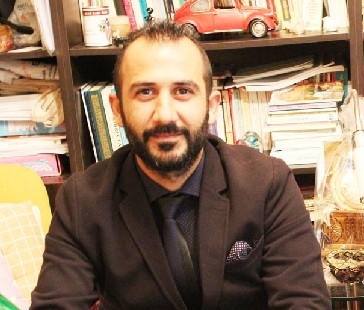
According to the press information given by the Directorate of the Press and Public Relations of Near East University, Assoc. Prof. Dr. Burak Gökbulut, who attended the consultative meeting titled "Current Status of Karagöz" and held in Bursa by UNESCO National Commission of Turkey in memory of the 70th anniversary of the foundation of the Commission, stated that it is the 10th anniversary of recognition of Karagöz in Humanity's Intangible Cultural Heritage Representative List and that the Shadow Play of Karagöz is an important cultural heritage of the Turkish Cypriots, as well.
At the meeting where the impact, contribution and results of the UNESCO processes for the preservation, contribution and transfer of the future generations were evaluated, the impact of the entry of Karagöz on the Intangible Cultural Heritage Representation List was also discussed and future action plans were formed.
Important decisions were made in the meeting with the participation of field experts, academicians, representatives of non-governmental organizations and representatives of relevant public institutions in cooperation with Bursa Governorship, Bursa Metropolitan Municipality and Rectorate of Uludağ University and UNESCO Accredited Intangible Cultural Heritage Association.
Intangible Cultural Heritage is defined by UNESCO as practices, representations, narratives, information, skills and relevant tools, materials and cultural spaces that communities, groups and in some cases, individuals define as a part of their cultural heritage. This heritage, which has been passed down from generation to generation, is continually re-created depending on the interaction of communities and groups in accordance with their environmental circumstances, nature, and history, giving them a sense of identity and continuity. Thus, it contributes to respect for cultural diversity and human creativity.